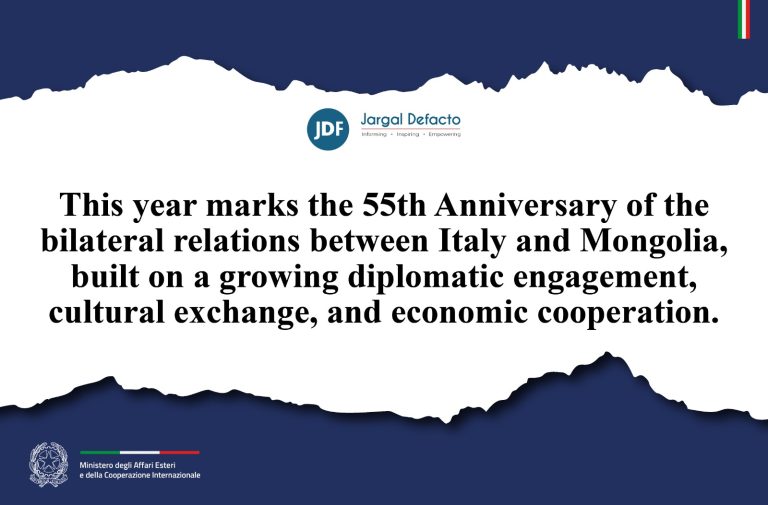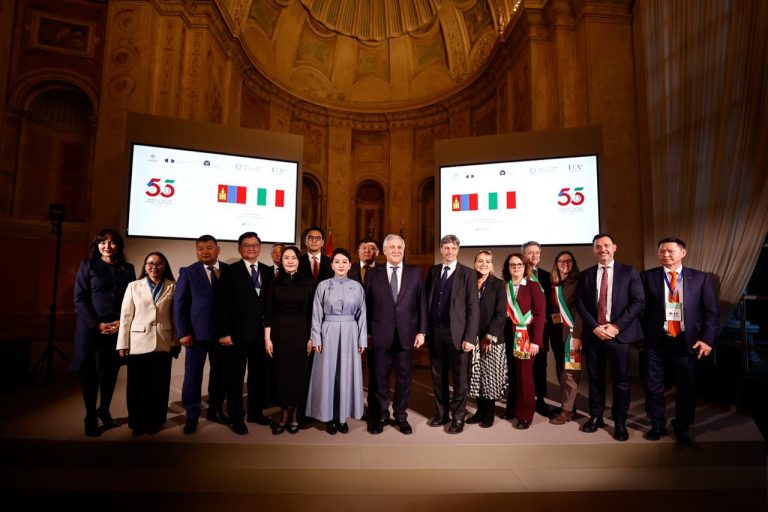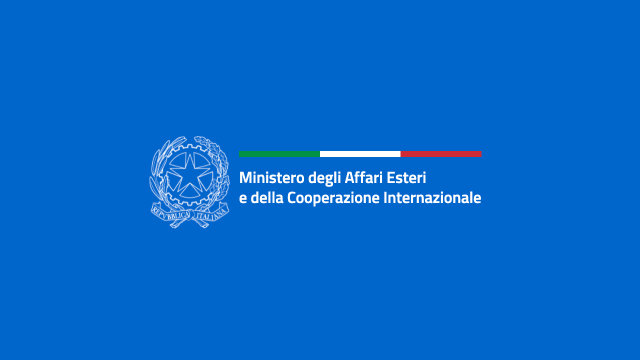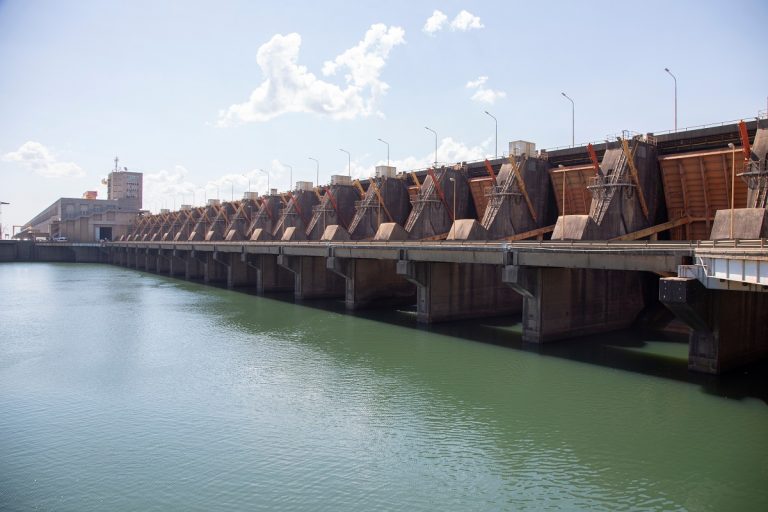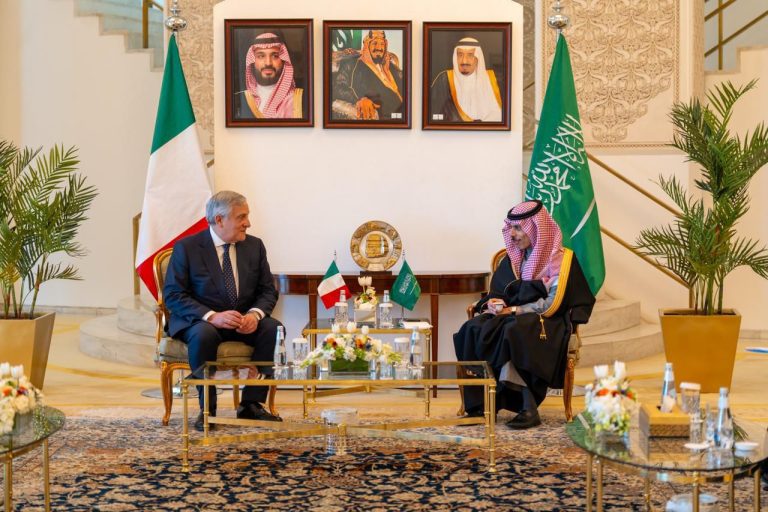TERNA: INAUGURATION OF THE ITALY-MONTENEGRO POWER CABLE WITH A TRANSFER CAPACITY OF UP TO 1200 MW
The power line that was recently inaugurated by Terna runs for 445 km, between the power stations of Cepagatti, in the province of Pescara, and Lastva, in the municipality of Kotor (Montenegro). This is the longest submarine infrastructure ever built by the company, thanks to which Italy can reinforce its role as European and Mediterranean hub for the transmission of electric power. The direct current power line, which in accordance with the planned delivery deadline will come into operation by the end of the year, will enable the two Countries to exchange electricity in both directions: initially the power transfer capacity is 600 MW, but it will subsequently become 1,200 MW once the second cable is built in the next few years . The total amount of the project is estimated at around 1.1 billion euros.
The power line, inaugurated last November 15th, represents the longest high voltage submarine connection ever made by Terna: 423 km of cable have been laid under the Adriatic waters, at a maximum depth of 1,215 meters, to which are added 22 km of underground cable, 16 in Italy (from the coast to the Cepagatti station) and 6 in Montenegro (from Budva to the Kotor station). The power stations of Cepagatti and Kotor represent an example of technological excellence in civil and electrical engineering and at the World Summit for solutions in the field of electrical engineering this was acknowledged as being the most powerful electricity converter ever made by Terna. The power line is the result of years of work by highly qualified and specialized technical experts and professionals: it involved a total of 124 companies (80 in Italy, 62% of which from Abruzzo, and 44 in Montenegro) on construction sites started in 2012.
The underwater cables were placed on the Adriatic seabed during three separate installation campaigns, which took place between 2015 and 2017. The two-way exchange of electric power will make it possible to diversify supplies, strengthen reliability, efficiency, safety and security, environmental sustainability and the resilience of the electricity grids on both sides of the Adriatic Sea and will allow to fully exploit the production potential from renewable sources, available both in Italy and in the Balkans.
The Italy-Montenegro interconnection is the result of a sound bilateral energy cooperation enshrined in the two intergovernmental agreements signed by the two Countries in 2007 and 2010, and it is considered to be of strategic importance for the integration of the electric power markets at the continental level. The infrastructure was, in fact, included among the Projects of Common Interest (PCI) by the European Commission, which in 2008 co-financed the feasibility studies (within the framework of the program in support of the priority electricity infrastructure of the Trans-European Network (Ten)), with the EBRD (European Bank for Reconstruction and Development) which financed the cost-benefit analysis on the Montenegrin side.
The project brings the interconnection lines with foreign countries managed by Terna to 26 and puts Italy in the position to strengthen its role as European and Mediterranean hub for the transmission of electricity. For Montenegro and the Balkan region this is the first direct current interconnection and represents a contribution to strengthening energy independence in the Country and in the entire area. This strategic infrastructure is an opportunity for the economic development of Montenegro: indeed it will allow for the completion of the plan for reinforcing and modernizing the national transmission grid and for meeting the expected 2% increase per year of electricity demand. It will also increase and improve the levels of safety and reliability of energy supply for users. By connecting to the electricity grids of Bosnia, Serbia, Kosovo, Albania and, via Serbia, of Bulgaria and Romania, and through its connection with Italy and hence the EU, Montenegro will be able to play the role of an electricity exchange platform between Eastern and Western Countries.

